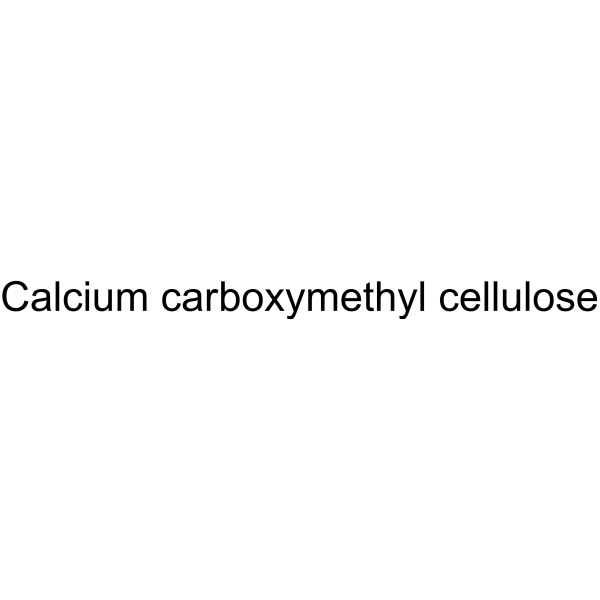9050-04-8
| Name | N4-(2-Chloro-7-methoxy-9-acridinyl)-N1,N1-diethyl-1,4-pentanediamine |
|---|---|
| Synonyms |
N-(2-Chloro-7-methoxy-9-acridinyl)-N,N-diethyl-1,4-pentanediamine
Carboxymethyloxysuccinate 2-Oxa-1,3,4-butantricarbonsaeure 2-(carboxymethyloxy)butanedioic acid carboxymethyl ether,calcium salt CARBOXYMETHYLOXYSUCCINIC ACID (Carboxymethoxy) succinic acid 1,4-Pentanediamine, N-(2-chloro-7-methoxy-9-acridinyl)-N,N-diethyl- carboxymethyl cellulose-calcium |
| Description | Calcium carboxymethyl cellulose can be used as an excipient. Pharmaceutical excipients, or pharmaceutical auxiliaries, refer to other chemical substances used in the pharmaceutical process other than pharmaceutical ingredients. Pharmaceutical excipients generally refer to inactive ingredients in pharmaceutical preparations, which can improve the stability, solubility and processability of pharmaceutical preparations. Pharmaceutical excipients also affect the absorption, distribution, metabolism, and elimination (ADME) processes of co-administered drugs[1]. |
|---|---|
| Related Catalog | |
| References |
| Density | 1.2±0.1 g/cm3 |
|---|---|
| Boiling Point | 557.1±50.0 °C at 760 mmHg |
| Molecular Formula | C23H30ClN3O |
| Molecular Weight | 399.957 |
| Flash Point | 290.7±30.1 °C |
| Exact Mass | 399.207733 |
| PSA | 40.62000 |
| LogP | 5.22 |
| Vapour Pressure | 0.0±1.5 mmHg at 25°C |
| Index of Refraction | 1.623 |
CHEMICAL IDENTIFICATION
HEALTH HAZARD DATAACUTE TOXICITY DATA
|
| Symbol |

GHS08 |
|---|---|
| Signal Word | Danger |
| Hazard Statements | H317-H334 |
| Precautionary Statements | P261-P280-P284-P304 + P340-P342 + P311 |
| RIDADR | NONH for all modes of transport |
| HS Code | 3912310000 |
| HS Code | 3912310000 |
|---|

